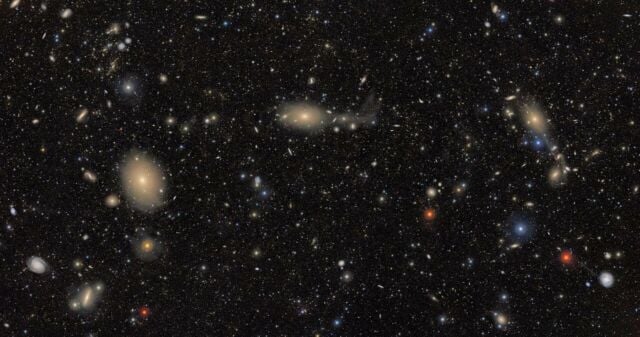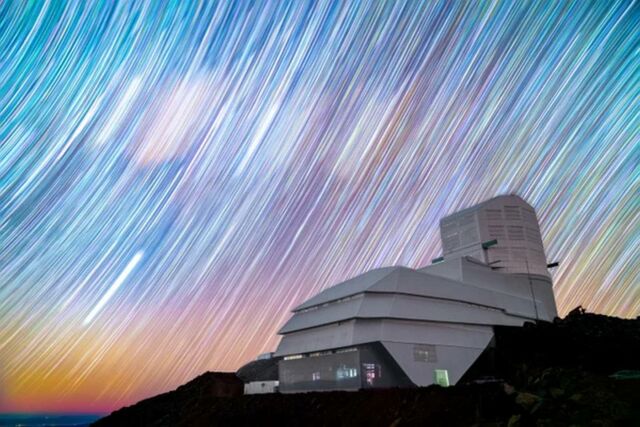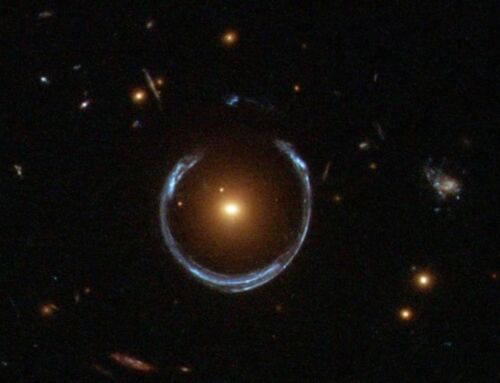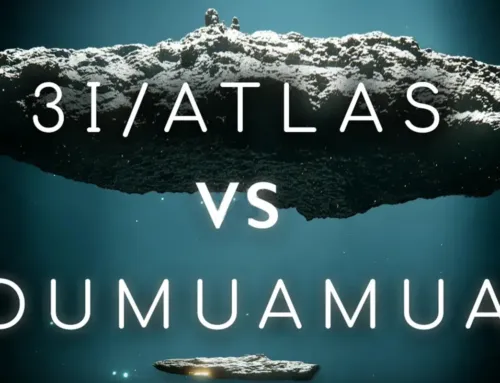 Millions of Galaxies by Vera C. Rubin Observatory. © RubinObs/NOIRLab/SLAC/NSF/DOE/AURA
Millions of Galaxies by Vera C. Rubin Observatory. © RubinObs/NOIRLab/SLAC/NSF/DOE/AURA
The Vera C. Rubin Observatory will use the 3200-megapixel LSST Camera, the largest digital camera in the world, to help scientists study dark matter, the mysterious substance that makes up most of the universe.
This is just the beginning of the discoveries the NSF–DOE Vera C. Rubin Observatory will bring. The first images reveal a sky filled with stars and galaxies, turning what once looked like empty space into a rich, colorful view of the universe. No other telescope can capture such large, detailed images so quickly.
Everything we can see, planets, stars, and even black holes, makes up only about 15% of the matter in the universe. The rest is something invisible called dark matter.
 The Vera C. Rubin Observatory. © RubinObs/NOIRLab/SLAC/NSF/DOE/AURA
The Vera C. Rubin Observatory. © RubinObs/NOIRLab/SLAC/NSF/DOE/AURA
We know dark matter is out there because its gravity affects things like light and the motion of galaxies. But what it’s made of is still unknown.
Now, with the release of its first images, the Vera C. Rubin Observatory begins a 10-year mission to help solve this cosmic puzzle. The observatory honors Vera Rubin, a pioneering astronomer who helped reveal that most of the universe is made of something we can’t see.
This animation brings the Rubin Observatory’s stunning view to life. It begins with a close-up of two galaxies — one old and calm, the other bright and full of young stars.
source Noirlab





Leave A Comment